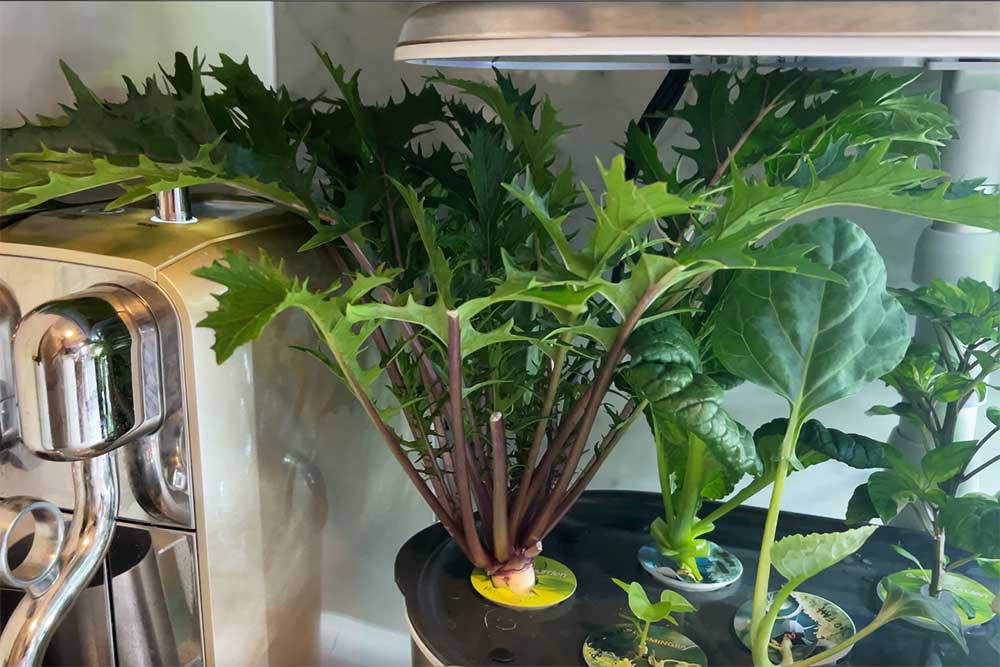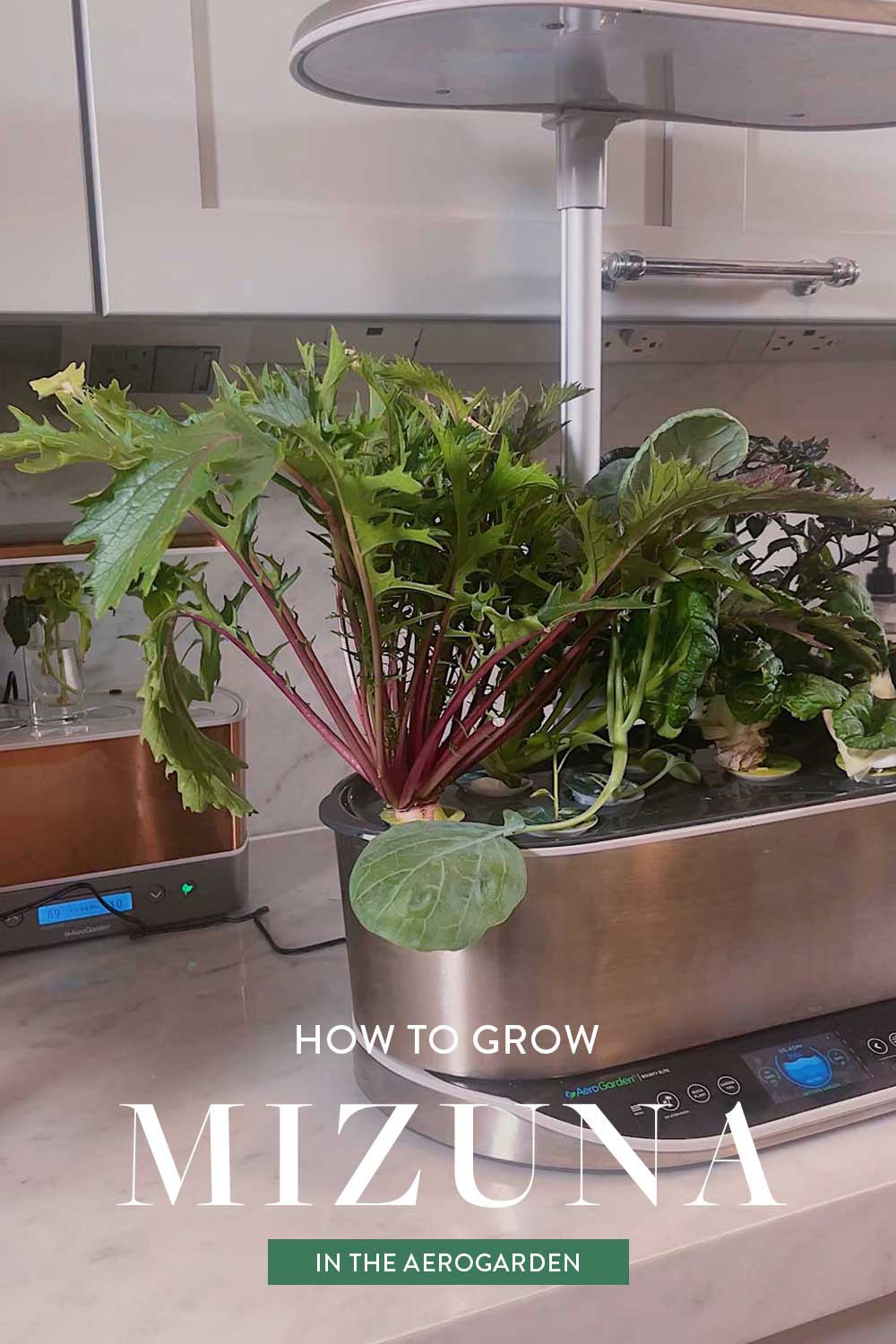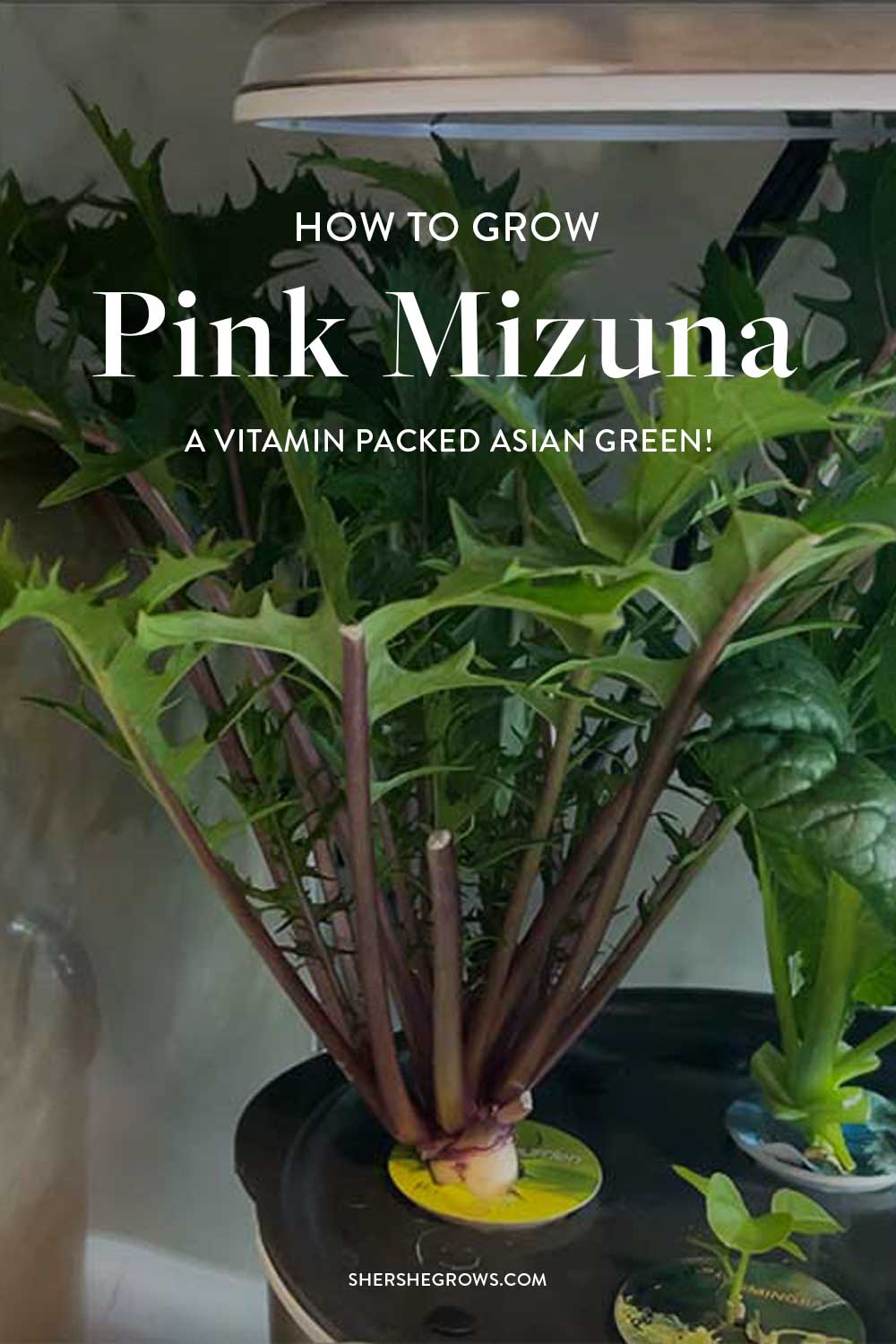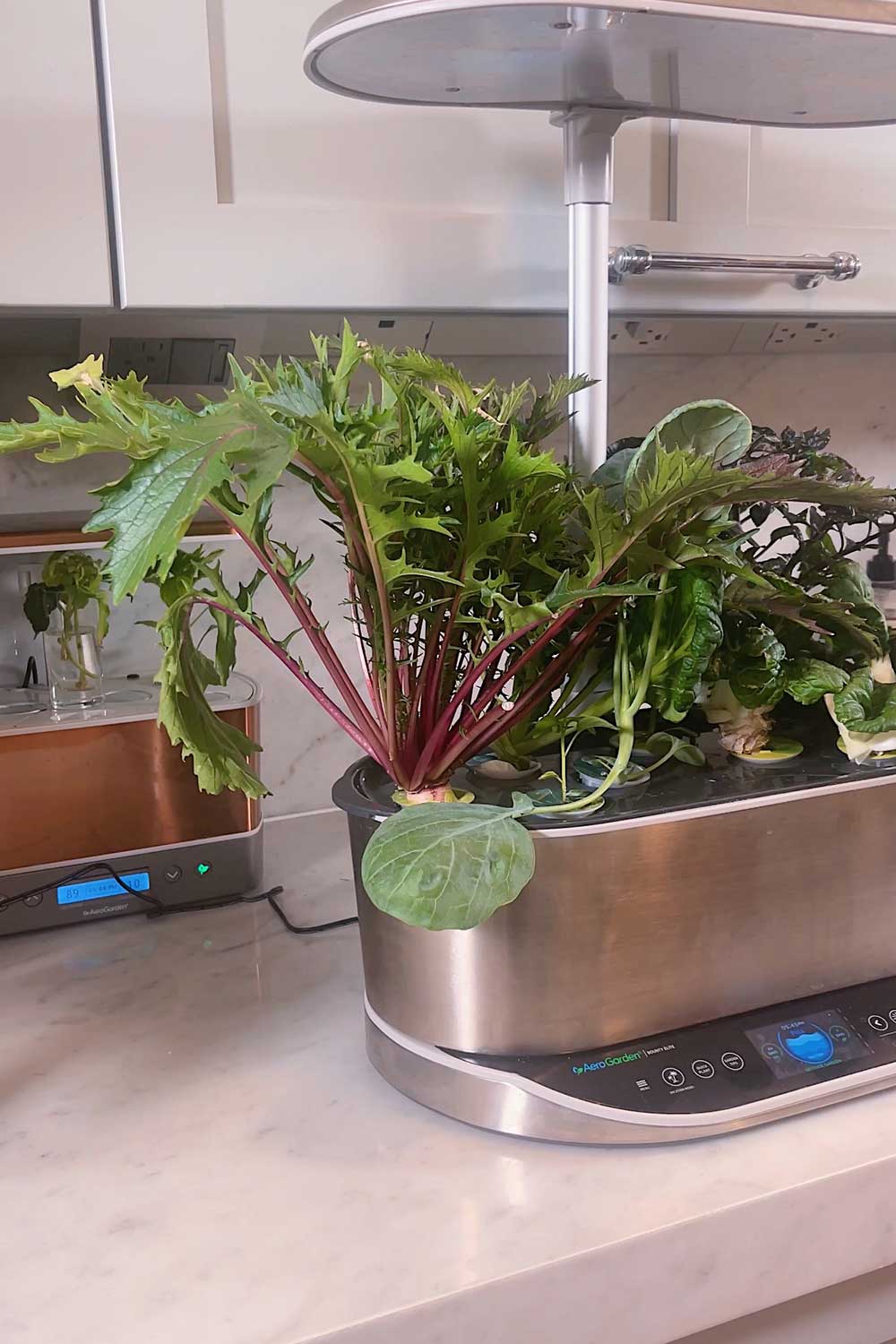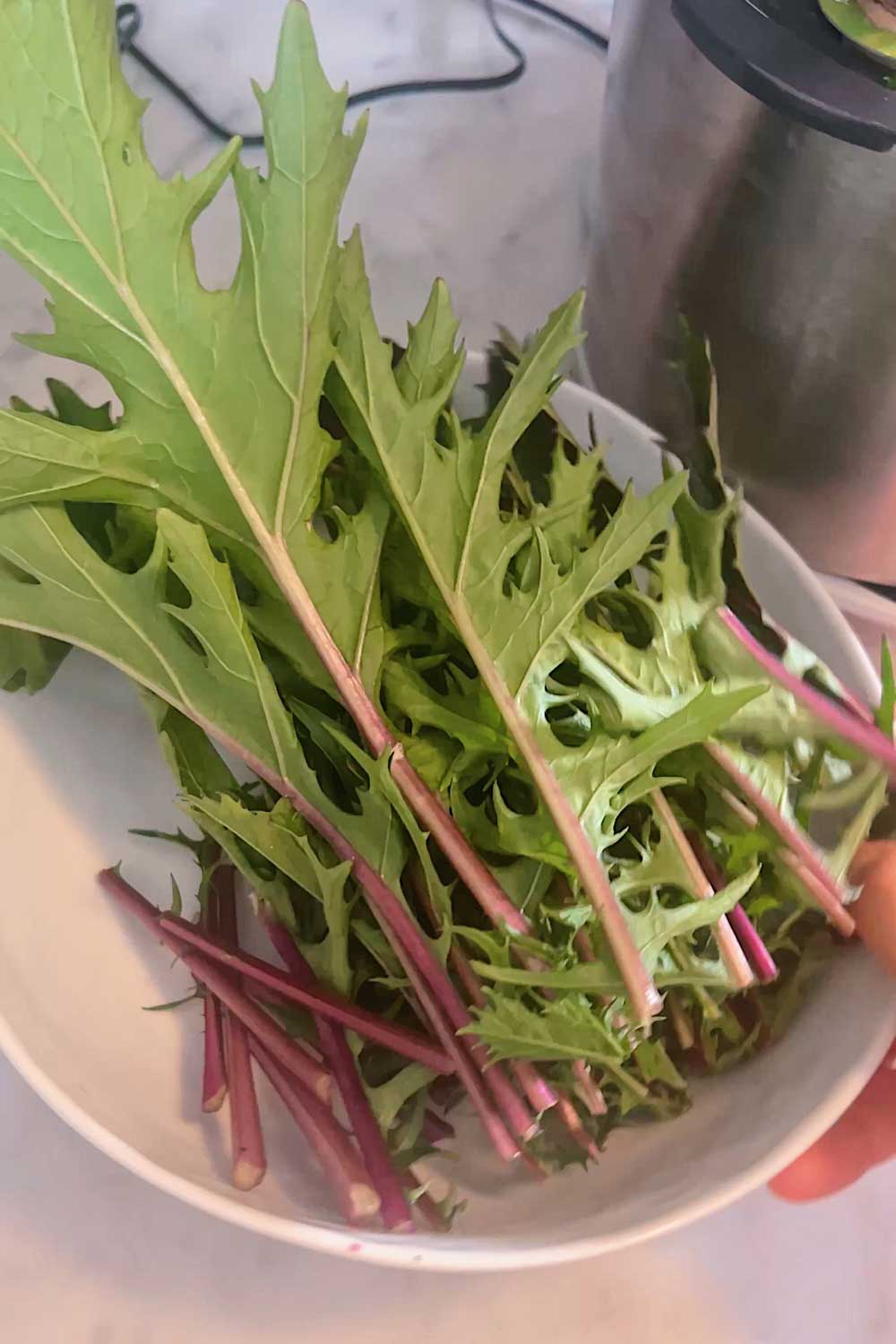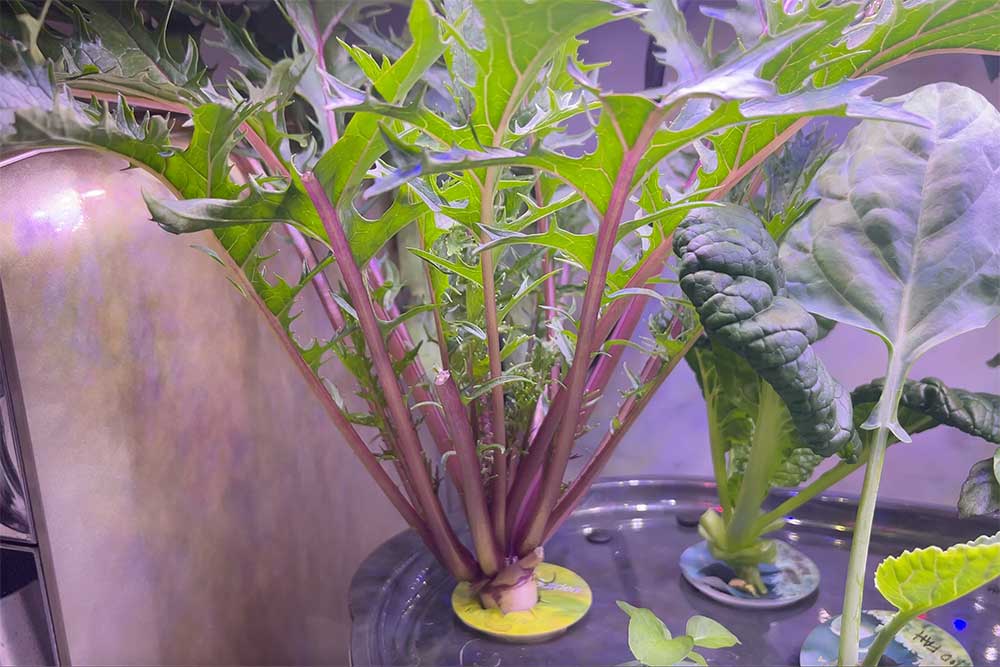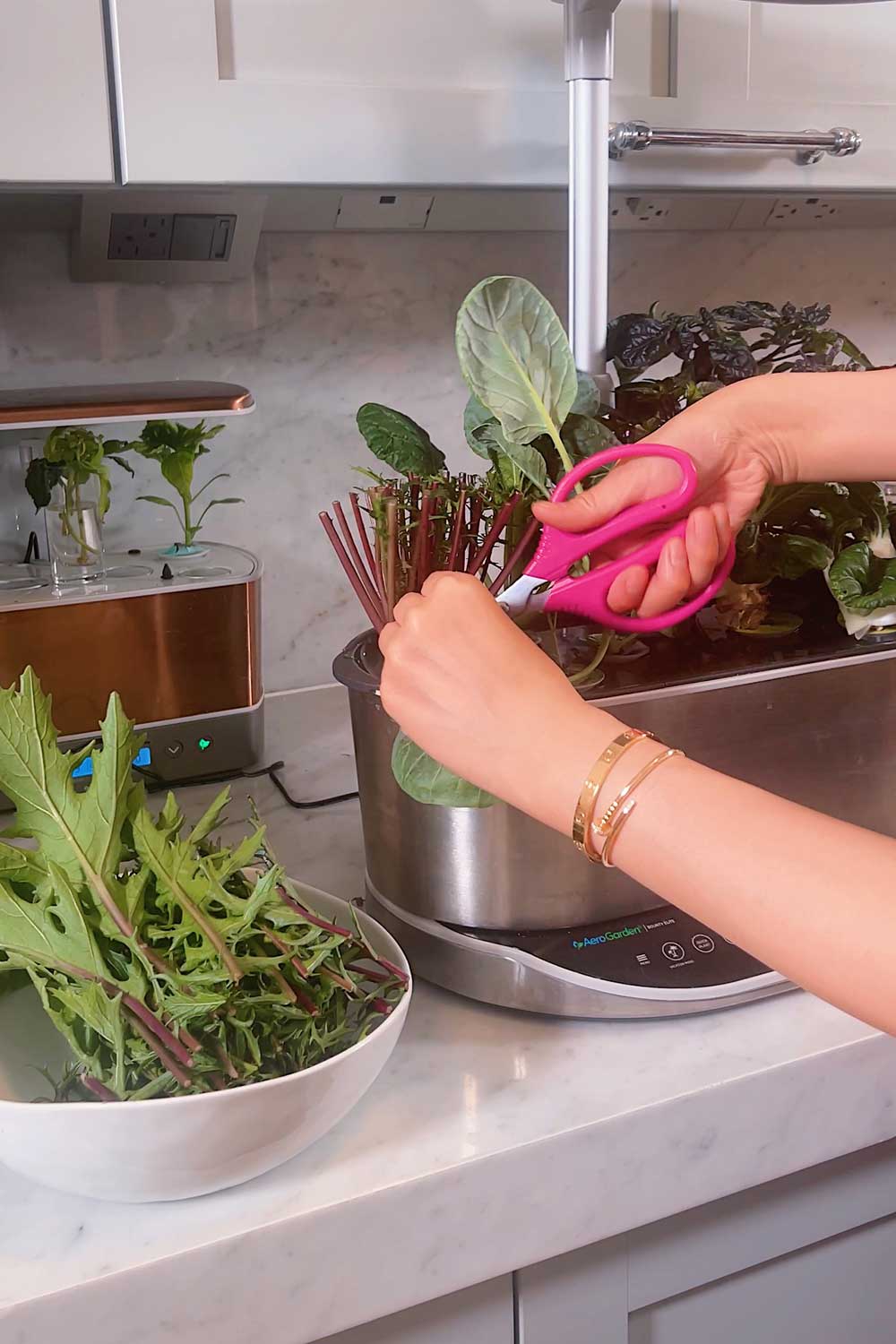Mizuna
Mizuna is a cool season, leafy Asian green known for its thin stalks, deeply serrated foliage and peppery taste.
Mizuna is one of several vegetables known as kyo yasai or heirloom vegetables that were traditionally grown in Kyoto, Japan’s capital during the Edo period. The thin, flavorful greens were a standard vegetable on imperial banquet tables and continue to be a treasured Japanese delicacy today.
They can be eaten pickled, raw, or added to hot stews and soups.
Here’s everything you need to know about growing mizuna!
How to Grow Mizuna
Mizuna grows all over East Asia, but is most popular in Japan.
It’s part of the same family as napa cabbage, bok choy and kale. Mizuna is one of the easiest and low maintenance greens to grow.
They’re extremely cold tolerant and suitable for regions with harsh winters. But the best time to plant mizuna is in a cool spring or fall period. Sow in place, as the stems can be delicate.
Mizuna grows in hardiness zones 4 to 9 and prefers full sun or partial shade. It can be grown as a microgreen, sowing every 3cm or so, or as a mature leafy green. Mizuna was also successfully grown in the International Space Station in 2019.
The best part of growing mizuna is that it can be harvested several times, becoming more tasty with each successive cutting.
Buy Mizuna seeds: Amazon, Botanical Interests, Etsy
Keep reading, or pin this article to save it for later ⇟

I got a pack of pink Mizuna seeds and having never eaten it before, tried growing it in my hydroponic garden. It was incredibly easy! Mizuna sprouts in 2 to 4 days, and has a high germination rate, so I recommend planting just one seed per pod. The plant takes off very quickly, and grows in a bulb shape. I grew a couple in both my Aerogarden Harvest and Aerogarden Bounty. Since I’m limited on space indoors, I like that mizuna is a fast growing plant. You can harvest enough leaves for a side salad in 10-14 days, and the plant is full grown by 30 days! The leaves taste quite pepper-y and slightly bitter. To harvest, pluck off the outer leaves or give the stems a straight haircut across once the plant. Indoor Gardens Use Your Own Seeds Use coupon code SSG15 for 15% off any order of $50+Growing Mizuna
Botanical Name
Brassica rapa var. japonica
Common Name
Japanese mustard, mustard greens, spider mustard, shui cai, water greens, California peppergrass
Mature Size
12 inches high, 10 to 15 inches wide
Days to Harvest
30 days
Light
Full sun
Soil Type
Well drained, rich soil
Soil pH
Neutral (6.5 to 7.0)
Hardiness Zones
4 to 9
Native Area
Asia
Growing Mizuna Hydroponically
Best Indoor Gardening Products to Grow Mizuna
Aerogarden Discount Code
Types of Mizuna
There are over 13 varieties of mizuna, including
- Komatsuna Mizuna
- Red Komatsuna Mizuna
- Kyona Mizuna
- Summer Fest (natsu rakuten) Mizuna
- Waido Mizuna
- Happy Rich Mizuna
- Vitamin Green Mizuna
- Early Mizuna
- Tokyo Early Mizuna
- Kyoto Mizuna
- Mibuna Mizuna
- Purple Mizuna
- Pink Mizuna
Buy Mizuna seeds: Amazon, Botanical Interests, Etsy
harvesting mizuna to make a side salad for an easy steak dinner
more hydroponics + recipes on tiktok @shershegrows
Benefits of Mizuna
Mizuna is a great superfood!
It’s low in calories but packed with nutrients, like vitamin A and vitamin C, both of which help boost your immune system. Mizuna also contains calcium, iron and vitamin K.
Pink mizuna especially is rich in antioxidants like anthocyanin, the same ingredient found in blueberries. All types of mizuna contain beta carotene, which strengthens eye and heart health.
Just don’t go overboard and eat too much mizuna. The leafy vegetable also contains oxalates, which can create kidney stones if overeaten in large quantities.
Mizuna Recipes
Mizuna can be used both raw and cooked.
When eaten raw, the leaves taste pepper-y and slightly bitter. It’s sort of like an Asian version of arugula.
In fact, if you’ve ever gotten a spicy salad mix at the farmer’s market, it probably had a mix of baby mizuna, arugula and red mustard.
In Asian cuisine, it’s popular to pickle mizuna and eat it as a side dish. It’s also great for stir-fries and in soups, stews and hot pot.
The leaves and stalks are quite crisp, so if you cook it down it will wilt slightly but still retain a nice crisp texture.
Mizuna Recipes
- Pickled mizuna
- mizuna + daikon salad
- Mizuna over pasta
- Sautéed mizuna w garlic + fish sauce
For more ways on incorporating mizuna and cooking Japanese dishes, take this Masterclass on Modern Japanese Cooking!
Follow me on
